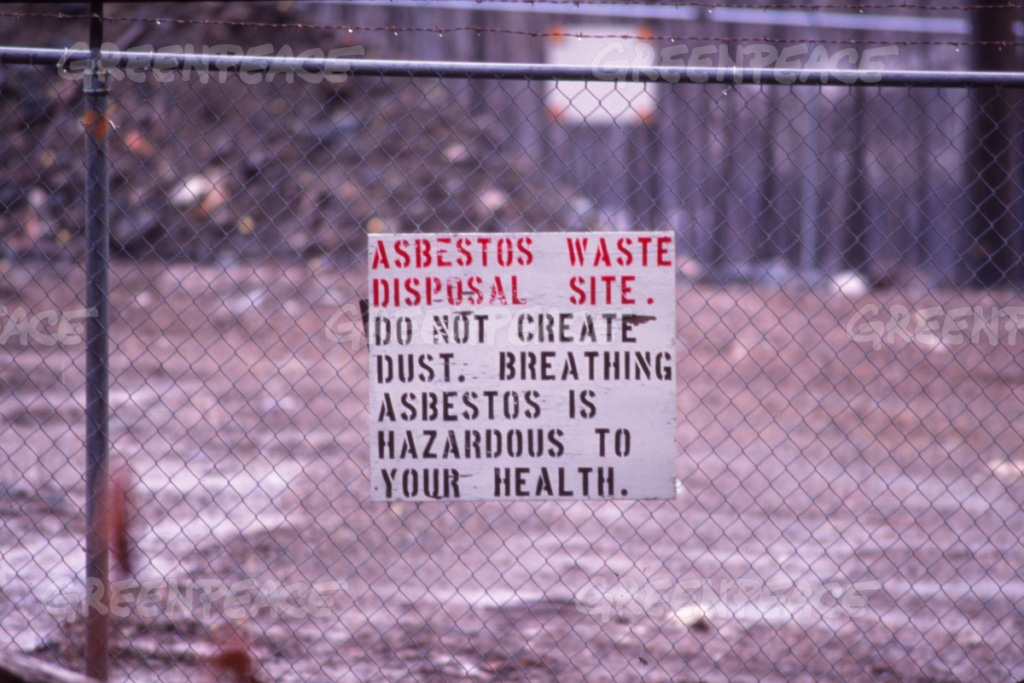10 Strangest Things found in House Clearances
Chances are, you or someone you know will have been involved in a house clearance at some point. They’re an …

Disposing of asbestos is a highly regulated process due to the health risks associated with exposure to asbestos fibers. Proper disposal is essential to prevent the release of asbestos fibers into the air, which, when inhaled, can cause serious health conditions like asbestosis, lung cancer, and mesothelioma. Here is a general overview of the process of asbestos disposal:
Due to the dangers of asbestos and the strict regulations surrounding its disposal, individuals should never attempt to dispose of asbestos-containing materials themselves. It’s always advisable to consult with or hire professionals who can safely and legally manage the process.
Chances are, you or someone you know will have been involved in a house clearance at some point. They’re an …
How To Get Rid Of Your Asbestos There’s a lot of planning and upkeep that goes into maintaining your property, …
Home-buyers with a preference for older properties are often likely to be lumbered with an additional, unforeseen expense: paying for …